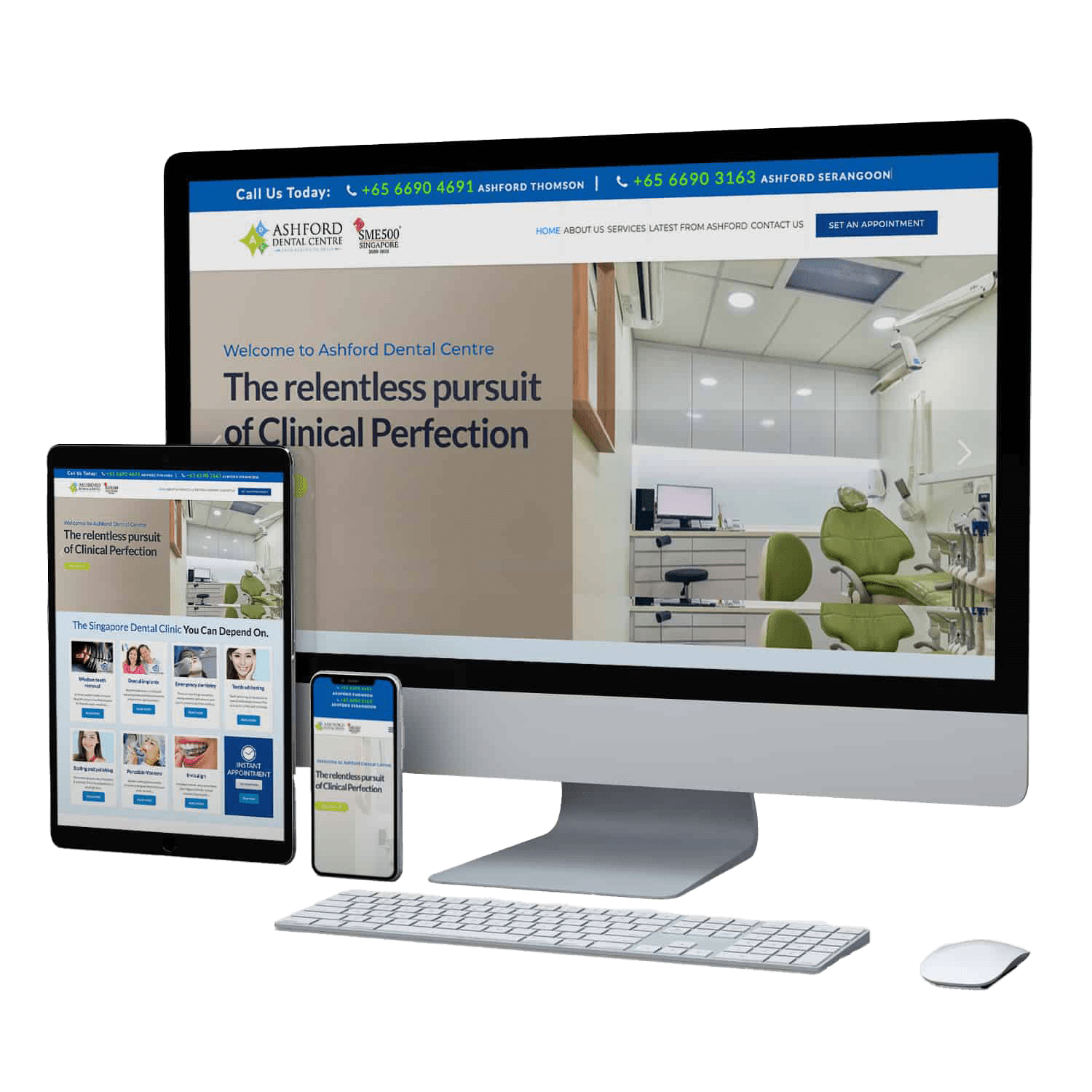Why Appointment Setting Is the Foundation of Sales Growth
Appointment setting is often the bridge between prospecting and closing deals. For beginners entering the sales world, understanding this process can make the difference between chasing uninterested leads and connecting with decision-makers who are ready to talk. Appointment setting helps businesses maintain a steady flow of qualified leads while maximizing efficiency. It ensures that your sales team focuses on conversations that matter, rather than wasting time on unfiltered outreach. Many beginners underestimate how structured appointment setting can transform their confidence and results. By focusing on quality over quantity, you can align your outreach with the right audience and build meaningful relationships that lead to sales conversions. When done strategically, appointment setting not only fills your pipeline but also positions you as a trusted professional rather than just another salesperson.
The Core Principles Every Beginner Should Know
At the heart of effective appointment setting lies clarity and preparation. Beginners must first understand their product or service deeply, as this knowledge becomes the foundation of every outreach conversation. Before contacting prospects, define your ideal customer profile — the industries, company sizes, and decision-makers who are most likely to benefit from your offer. Doing this minimizes wasted effort and improves response rates. Another essential step is research. Knowing your prospect’s pain points, goals, and recent developments in their business makes your approach more personal and relevant. Timing is also crucial; reaching out when a prospect is likely to need your solution increases the odds of success. Beginners should also understand that persistence and follow-up are key. Many appointments are set not on the first attempt but after multiple, well-timed follow-ups that show consistency and professionalism.
Setting Up the Right Tools and Systems for Success
Every successful appointment setter relies on tools that streamline their workflow. Customer Relationship Management (CRM) systems like HubSpot, Pipedrive, or Zoho help track leads, calls, and follow-ups in one place. These systems prevent leads from slipping through the cracks and provide insights on performance metrics such as conversion rates and call outcomes. Scheduling platforms like Calendly or Google Calendar simplify the booking process, making it easier for prospects to confirm meetings without back-and-forth messages. Automation tools can also handle repetitive tasks such as sending reminders or logging activities. However, technology is only as effective as the user. Beginners should take time to learn these tools thoroughly to maximize their potential. Measuring results is equally important. Regularly review how many calls you make, how many appointments you book, and how many of those turn into opportunities. This data helps identify what’s working and where adjustments are needed.
Essential tools to consider:
- CRM software for lead tracking and reporting
- Calendar and scheduling apps for seamless coordination
- Email automation and reminder systems
- Call recording tools for reviewing conversations
- Analytics dashboards to measure success rates
When beginners use these tools consistently, their appointment setting process becomes more organized and professional, paving the way for predictable results.
Crafting a Winning Appointment Setting Script
A well-crafted script is one of the most powerful assets for appointment setting beginners. It ensures conversations flow naturally while keeping the focus on your goal — securing a meeting. A good script should start with a warm, professional greeting that sets the tone for the call. Instead of diving straight into a pitch, open with a personalized statement that shows you’ve done your homework. This immediately captures attention. The body of your script should focus on the prospect’s needs, not just your product. Use open-ended questions to uncover pain points, then position your offer as a potential solution. Finally, end with a clear call to action — asking for a specific time and date for the appointment. Avoid sounding robotic; the best scripts are flexible, allowing for genuine, two-way conversation.
Structure of a strong script:
- Opening: Greet and personalize
- Engagement: Ask thoughtful, needs-based questions
- Value statement: Briefly explain how your offer solves their problem
- Close: Request the meeting with confidence and clarity
- Next step: Confirm details and express appreciation
When practiced regularly, this approach builds confidence and helps beginners sound professional and composed on every call.
The Role of Communication and Tone in Securing Appointments
Your tone of voice can make or break an appointment setting call. Even the most persuasive words lose impact if delivered with hesitation or monotony. Beginners must learn to sound confident, friendly, and approachable. A positive tone builds trust, while an overly aggressive or scripted tone can push prospects away. Listening skills are equally important; paying close attention to how a prospect responds allows you to adjust your approach on the spot. Non-verbal cues in phone or video calls, such as pacing and pauses, also influence how your message is received. The ability to mirror the prospect’s tone and energy creates a sense of rapport that makes the conversation feel natural. Communication isn’t just about speaking; it’s about connection. By mastering the balance between assertiveness and empathy, beginners can transform cold calls into meaningful conversations that open doors to opportunity.
Overcoming Common Appointment Setting Challenges
Every beginner encounters challenges in appointment setting. Rejection, for instance, can be discouraging, but it’s part of the process. The key is to learn from each interaction rather than take it personally. Another challenge is managing no-shows or cancellations, which can disrupt momentum. Setting clear expectations and sending confirmation reminders helps reduce these occurrences. Lead qualification is another area where beginners often struggle. Not every contact is worth pursuing, and learning to identify decision-makers early saves valuable time. Distractions and poor time management can also lower productivity. Creating a structured daily routine — such as setting call blocks and follow-up times — helps maintain focus. Finally, lack of confidence can hinder progress. The best remedy is consistent practice and tracking small wins along the way. Each appointment booked is proof that your skills are improving and your efforts are paying off.
Tips to Improve Appointment Setting Efficiency
Efficiency separates average appointment setters from top performers. Beginners should start by organizing their day strategically, dedicating specific hours for calls, research, and follow-ups. Batch similar tasks to minimize mental switching. Consistency is also vital — reaching out daily builds momentum and keeps your pipeline full. Leveraging analytics from CRM systems helps identify patterns, such as which times of day yield the best response rates. Data-driven insights empower you to make smarter decisions and refine your strategy. Another way to boost efficiency is to develop templates for emails, scripts, and follow-ups that can be customized for each prospect. This reduces time spent writing from scratch while keeping outreach personal. Regularly review and adjust your methods to ensure you’re improving continuously. When beginners treat appointment setting as both a science and an art, they become more productive, organized, and results-oriented.
Developing a Professional Mindset as a Beginner
Success in appointment setting starts with the right mindset. Confidence is built through experience, but attitude determines how quickly you progress. Beginners should embrace each call as a learning opportunity rather than a high-pressure test. Emotional intelligence plays a big role — understanding how to manage your emotions and read others’ helps you handle rejection gracefully. Resilience is another essential trait; even seasoned professionals face rejections daily. Celebrate small victories, such as booking your first few appointments or improving your conversion rate. Seek feedback from mentors or peers to refine your approach. Remember that growth happens through consistent effort and self-awareness. Over time, persistence and positivity turn beginners into skilled professionals who not only book appointments but also build lasting relationships.
Advanced Tactics for Long-Term Growth
Once you’ve mastered the basics, it’s time to think beyond individual appointments. The goal is to turn each conversation into a long-term relationship. Follow up after meetings to show genuine interest and continue providing value. Share relevant insights, updates, or industry news that keep you top of mind. Referrals can also come from well-nurtured connections, expanding your network organically. Tracking long-term engagement metrics — not just initial appointments — helps measure relationship health. Aligning your appointment setting goals with broader sales objectives ensures consistency across your pipeline. As you gain experience, you can experiment with advanced techniques such as social selling, personalized video messages, or multi-channel outreach. These methods deepen engagement and demonstrate professionalism. Long-term success in appointment setting comes from combining strong foundational skills with continuous learning and adaptation.
Frequently Asked Questions (FAQ)
Q1: What is the main goal of appointment setting for beginners?
The main goal is to connect with qualified prospects and schedule meaningful conversations that can lead to sales opportunities.
Q2: How many calls or emails should a beginner make daily?
It depends on your target market, but consistency is key — aim for a set number each day, such as 30–50 quality outreaches.
Q3: What’s the best time to schedule calls or send messages?
Typically, late mornings and early afternoons yield better results, but testing different times helps find what works best for your audience.
Q4: Can automation tools replace human appointment setters?
Automation supports efficiency but can’t replace genuine human connection. Personalized communication still drives the best results.
Q5: How long does it take to become proficient at appointment setting?
Most beginners start seeing noticeable improvement within three to six months of consistent practice and feedback.
Takeaway
Appointment setting for beginners is both a skill and a mindset. It’s about understanding people, managing time wisely, and using tools strategically. With preparation, persistence, and continuous learning, anyone can master the art of securing appointments that lead to lasting business relationships. Every call, email, or message is a chance to build trust and open doors — and the more you refine your approach, the more successful your journey becomes.










